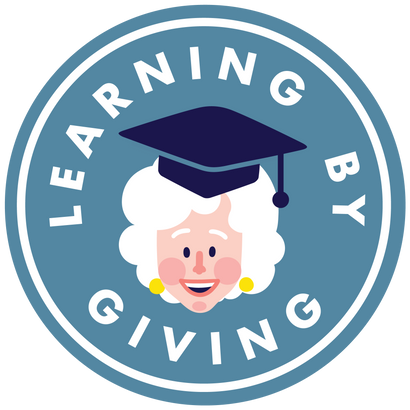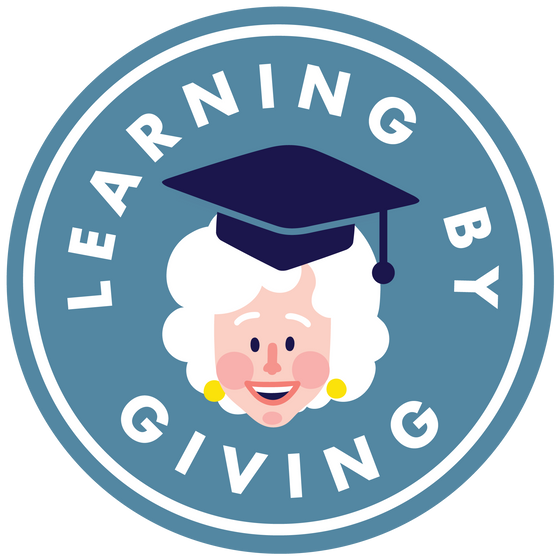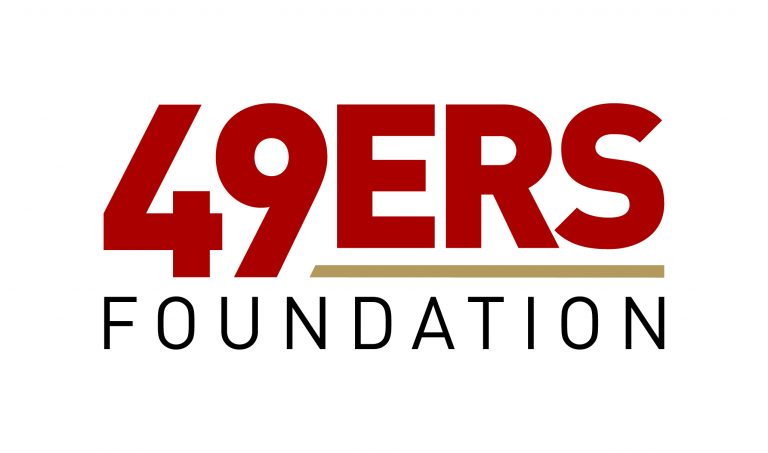Being Okay with Decisions Even When It’s Not My First Choice
One of the unique aspects of a Learning by Giving class is that students must participate in collective decision making throughout every stage of the grantmaking process. From determining the impact area (youth development, homelessness, human trafficking, to name a few), to selecting which organizations to assess, to determining which organization receives the $10,000 grant: every student’s voice and opinion matters. With a class of 30 students, collective decision making can be both a challenge and learning experience. In this blog, Binghamton University student Isabel Londono provides insight to this process and highlights how individual passions work alongside group values. Follow along with LxG’s Binghamton University class by visiting their full blog: https://bingphilanthropists2019.blogspot.com/
A wise philosopher once wrote, “you can’t always get what you want but if you try sometimes, you get what you need.” That philosopher was Mick Jagger of the Rolling Stones. Why do I bring mention this Rock ‘n’ Roll Hall of Fame-inducted band in a Philanthropy and Civil Society blog post? Because sometimes you don’t always get your first choices but a lot of (proverbial and literal) good will come out of it. Maybe the best way to “do good well” is to understand why the majority of the class decided on the top five organizations and discover what moral commonality the class shares.
When we decided via Google Form on what our top five organizations that we would devote the rest of the semester’s decision on, I was slightly disappointed that only one of the five organizations I voted for were on our finalist list. It’s not that I don’t think the other four organizations have an incredible amount of merit but I was just hoping to see my voice be represented in the other organizations we chose.
For a class of around 30 students, I think it’s incredible we were even able to narrow down the list of 84 organizations to five: it’s not an easy feat. We all came into this class with our passions and talents, usually trying to bring a lot of that into the decision-making process to influence our fellow classmates and to bring some help to an organization who needs it. I am a self-proclaimed art nerd (anything from theater to music to visuals, you name it). We categorized our organizations and I was hoping to be able to finance some arts organizations like the LUMA Festival or a the SPARE theater company through this class.
In spite of these ties to arts organizations, in our original groups, I couldn’t even make a strong enough argument as to why Jablon Studios needed money more than the American Civic Association. The two organizations serve very different purposes which doesn’t devalue either one of them. If our class goal is to improve the Binghamton community, a criteria that has to be of utmost importance is the organization’s influence on the area and the people.
My “head” had to override my “heart” in this case. My heart told me to follow through with the organizations that represent who am I but I am not the only one giving out a grant of $10,000 for a number of (very good, very valid) reasons. I know there are more similarities of the class who can connect on the head. We learn in college to make logical decisions: have the greatest impact on the most amount of people, the effect of philanthropy, utilitarianism, the trolley problem, effective altruism, etc… Applying the facts established in the Broome County Needs Assessment to the impact our philanthropy could have, it makes sense the five organizations that we ended up with. And to confirm that we made good choices, the graduate class had three of the five organizations overlapping.
My advice to you if you feel a similar way to how I did is to do even more research about the five finalist organizations. Reread their mission statements, look at the numbers and success rates, research the volunteers and those who have been affected by the organization, and try to envision yourself in need of assistance from one of these organizations. I promise that even though our top organization isn’t your top choice, they’ll benefit so much more than we could’ve even imagine. So instead of being all, “(I Can’t Get No) Satisfaction,” be more like “You Can’t Always Get What You Want.”
If you are really unhappy with the five organizations we chose after more research, you can still help the organizations you care about! This class also presents all of the students with the unique opportunity to have 84 organizations pitch to us why they need help. Philanthropy for me at this moment doesn’t look like donating $10,000 but I now know what the University community needs that align with my passions. Philanthropy is attending community events, offering to volunteer at organizations, and encouraging others to donate or volunteer. Hands on support can be a massive help to these organizations and sometimes $10,000 is too much for them to handle. Use the skills we’ve learned in this class to improve the organizations you really care about.
Learning more about these five finalist organizations has greatly changed my thoughts about them. Hannah’s awesome charity pitch (and low-key rap) on Truth Pharm and the opioid epidemic was eye opening, speaking with students with experiences of volunteering with their Meals on Wheels programs at home, and I’m positive that site visits will build a personal connection with the people of these organizations.
I’m really excited to talk about the impact that we can have on the community with this grant. There’s a lot of good that can happen because of our class and that’s really special, regardless if the organizations weren’t your first choice. At the end, they will be your first choice.





